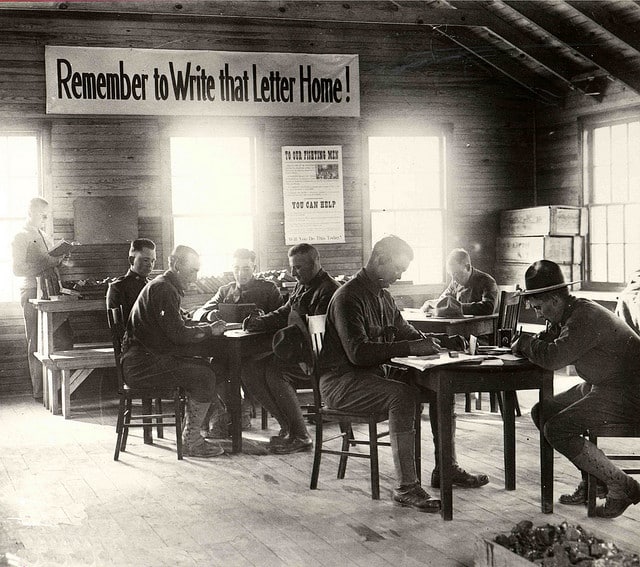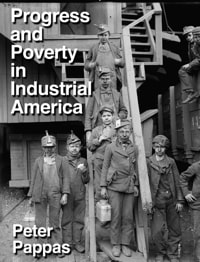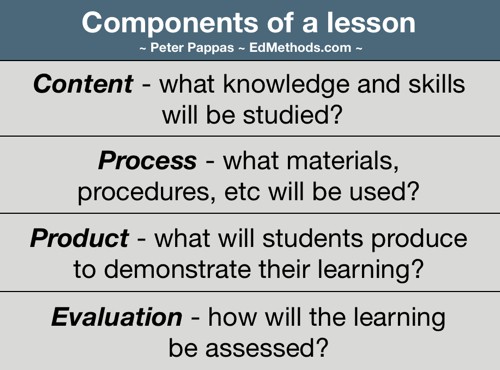Note: to see student responses to this assignment click on the Lesson Study category
Write a reflection on the experience of using the lesson study format to look at your lesson and share your ideas with your classmates. Here are three perspectives that may be useful for reflecting on the experience.
Note: You do not have to write on all three – these are merely suggestions to help get you started. Make this work for you.
- The model: Is this “Lesson Study” format useful? Did it help you to better understand your lesson and peers’ lessons? Did the process yield any useful improvements in your lesson? How can we improve the model for the next round of lesson study?
- Working with peers: What’s our capacity as educators to discuss key elements of a lesson? Did we see lessons in the same way? Did we share useful feedback?
- Big Picture: What does this activity tells us about kinds of tasks students are being asked to do? Do you see any patterns in our classes collection of lessons?
Blogging schedule:
- Blog your reaction to Lesson Study I as a post by 11PM Thursday 9/12.
- Comment on at least 2 other posts by 11PM Saturday 9/14. (Note: I will be leaving comments as well.)
- Follow up on 1 comment to your post with your own reply by 11PM Sunday 9/15.
This is your first graded assignment. Evaluations will be based on:
- Completion of full blogging assignment by the due dates above. Each step builds on the previous. Let’s not fall behind.
- The quality of the reflection. Does it simply narrate the experience or does it recognize patterns, evaluate lessons learned or set new goals. See my Taxonomy of Reflection for more on higher and lower order reflection.
- Do comments demonstrate a close reading of their peer’s post and serve to offer useful feedback, constructive criticism and / or to advance the dialogue.
Image credit: Smithsonian Institution A.2006-99
Description: Soldiers stationed at Fort Upton (New York) shown taking the time to write letters home, as suggested by a large banner on the room wall.
Creator/Photographer: Unidentified photographer
Date: 1918
Collection: U.S. Postal Employees
Repository: National Postal Museum



